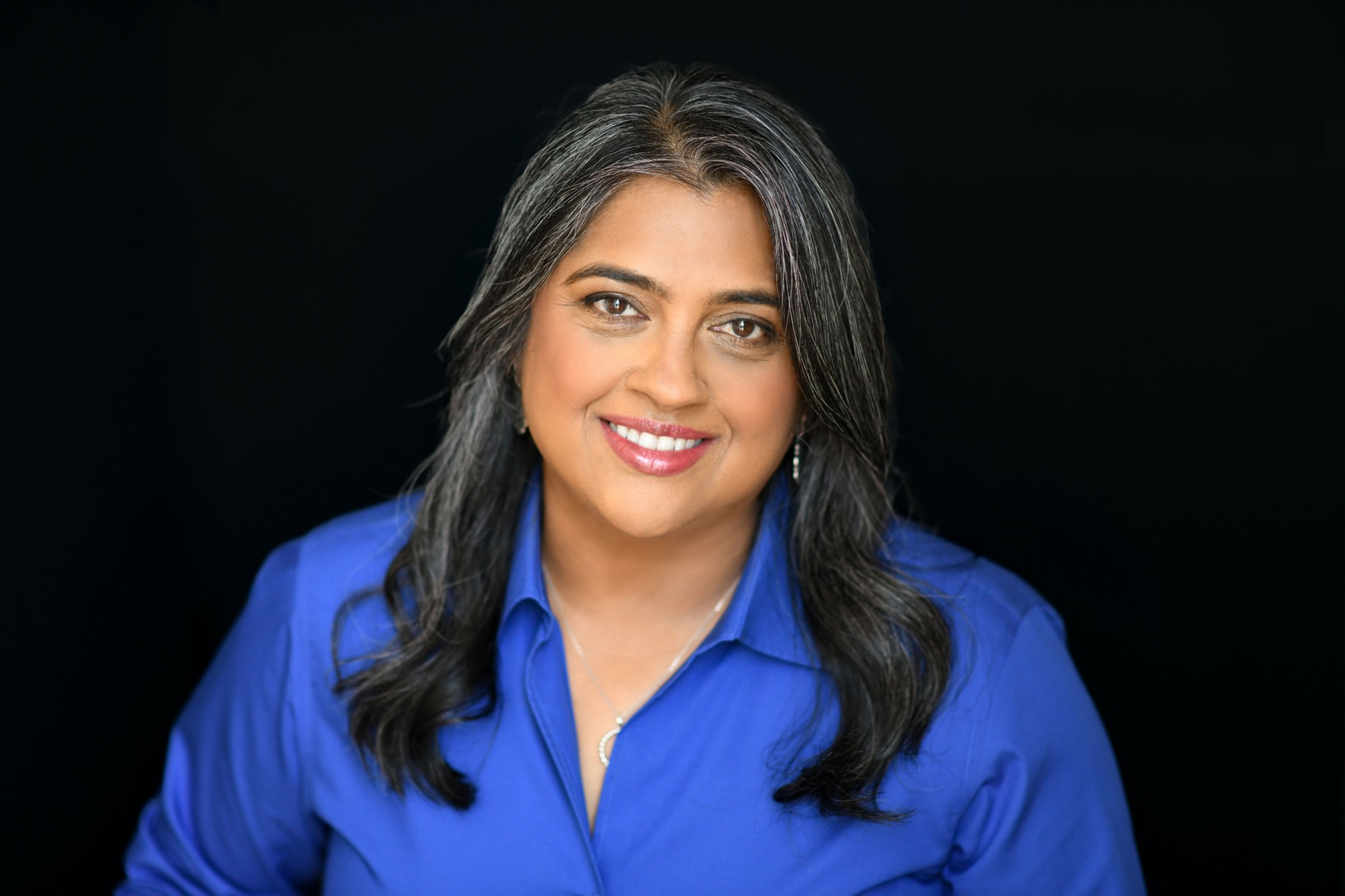Alright – so today we’ve got the honor of introducing you to Suchi Sairam. We think you’ll enjoy our conversation, we’ve shared it below.
Suchi, looking forward to hearing all of your stories today. Do you think your parents have had a meaningful impact on you and your journey?
Where do I start about my parents? If I had to sum it up, they built the foundation for who I’ve become.
I immigrated from India to the United States as a toddler with my parents in 1972. They came to the US at a time when there was no cultural “infrastructure” for Indian families. Their generation of Indian immigrants worked tirelessly to create the footings for all the Indian cultural institutions that exist today, from grocery stores and arts schools to community centers and houses of worship.
My parents showed me how to bridge cultures and create your own culture – at a time when it was not so easy. It would have been easier for them to insist on me just “being Indian” while growing up in the US. I give them immense credit for understanding at that time that approach would not have been realistic or beneficial for my well-being and growth for the long term.
They helped me become a complete Indian-American – in mindset, culture and values – not just appearance and domicile.
As with any family, my parents faced “adulting” challenges. That never compromised the encouraging, loving and stable family environment they provided. They supported my explorations, talents and goals – even when they didn’t have the financial resources. How? Through their grit, time, and love.
I remember the lengths my mom would go to support me during high school. Fridays were wild, and my mom logged a lot of miles on her old Subaru wagon.
Right after school, I’d play in a volleyball match, sometimes “away” games. My mom would be there right afterward, no matter where the match was, with my marching band uniform and saxophone. I’d quickly change, and she’d rush me over to the stadium where the football team was playing, and I’d join my bandmates in the stands. And then she or my dad would be back at the school by 10 pm to pick me up after the game.
All while money was VERY tight and gas was expensive.
As an artist and teacher in a culturally specific art form, many people think my parents must have pushed me into it. The opposite is true. I come from a family steeped in cultural tradition, especially South Indian classical music. Naturally, my parents wanted me to take it up. When I was very young, there was no opportunity to learn South Indian classical music. I could learn Bharatanatyam, a South Indian classical dance form. Like most moms at that time, my mom put me in class when I was 7 years old.
I couldn’t stand it.
My excuse was the teacher was too strict and the girls in my class were mean. I just wanted to play soccer and do tap dance. I guess I just wanted to be “American.”
Unlike other moms who forced their kids to continue, my mom very wisely decided to let me drop it at the time. What happened? 8 years and a family move to a new city later, I saw Bharatanatyam performed by some local kids and decided “I want to do that.” My mom found me a teacher, and the rest is history.
If my mom forced me to continue at age 7, I’m sure I would have quit as a teenager. Instead, I came to it in my mid-teens, and this art form is an integral part of my life nearly 40 years later.
While my parents were happy I connected with a cultural art, they didn’t encourage an arts career. It was not a conventional career path, and they were concerned for my stability. Fortunately for me, I also loved match and science, so an education and career in engineering didn’t feel like a sacrifice.
I didn’t realize at the time how big a favor this was.
This direction set me on a path to get the best of careers in engineering, marketing, executive leadership, entrepreneurship, the arts AND arts education. I gained vast, rich experience because I had a dual career path from the start (even if organic and unintended). By discouraging me from a full-time arts career early on, my parents helped me in a direction to gain experiences and tools to create my own path.
It’s been the best unscripted career script.
My mother is immensely talented (though she still may not realize it) and generous, and taught me the value of sharing with others. My dad was always my most constructive critic and president of my fan club. He was unusual for an Indian man of his generation. He insisted that I have an opportunity at the best education possible, and be an independent thinker but without forgetting the value of family and companionship.
My dad taught me:
⦿ Through his example
⦿ By holding my hand, then letting it go
⦿ By saying things directly, indirectly, or not at all
⦿ How to learn, think, observe and decide for myself
My parents (and my husband) have been my buoys, lifelines, and greatest support throughout.
My dad left this earth in April 2018, unexpected but peaceful. It was exactly how he would have wanted it (and needed it). My mom is thriving in this new stage of her life, after spending 50+ years of her adult life in a very good marriage. While I miss my dad daily, I’m grateful for both my mom’s continued presence and the impact they’ve made on me and those around them.
Things were not always smooth, and we didn’t always see eye to eye. However, my parents gave me a great foundation for life, clear direction on values, how to conduct myself, and how to treat others.
In over 50 years on the planet, I’ve never doubted they were on my side.
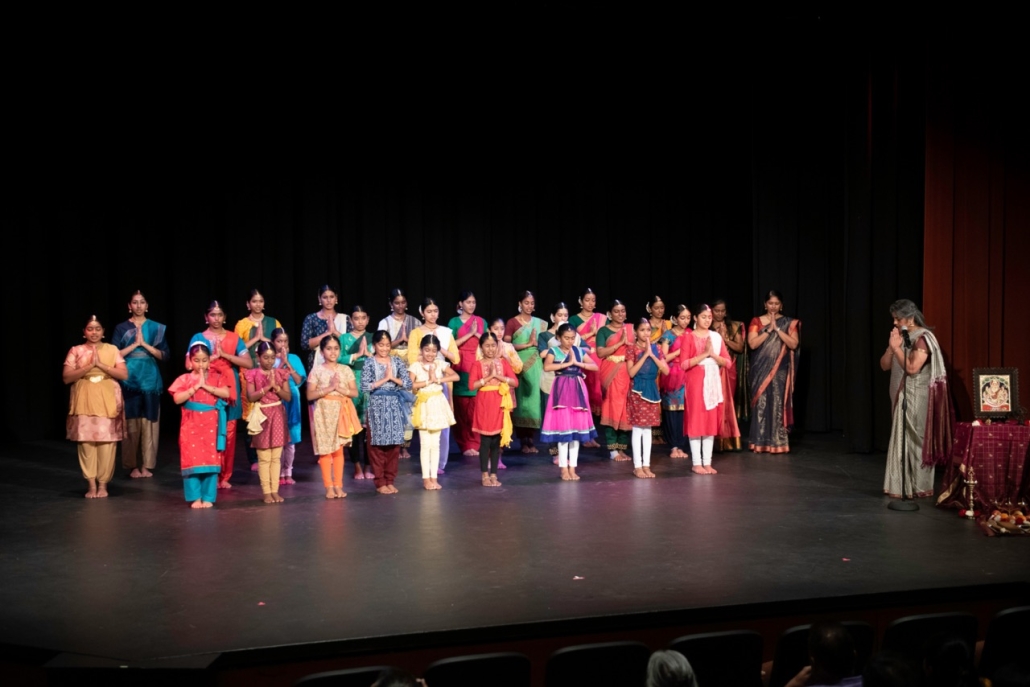
As always, we appreciate you sharing your insights and we’ve got a few more questions for you, but before we get to all of that can you take a minute to introduce yourself and give our readers some of your back background and context?
At this stage of my life and career, it’s difficult to separate who I am and what I do. Three things keep opening doors and fresh air flowing – gratitude, curiosity and humility
I’m an arts entrepreneur, dance artist, and teacher. I founded my dance studio and company, Kala Vandanam, in 2002. While I happen teach dance, aspiring for excellence in the art, it is my vehicle to develop well-rounded and grounded people. I’m fortunate to have a group of highly committed, loving students who respect the art, practice it with joy, and present it with pride.
The close relationship between student and teacher in Indian arts carries unique qualities.
In my own artistic journey, I bring in my adjacent passions for science, engineering, entrepreneurship, leadership, reflection and personal progress. It’s inevitable all these things permeate my approach to teaching and creating new work.
I aspire to do serious work without taking myself too seriously.
Just a few short years ago, exploring adjacencies to my artistic practice didn’t cross my mind. Now, I find myself a full-fledged arts entrepreneur. I’m an accidental author, authoring and publishing my first illustrated children’s book, the multiple award-winning Dancing Deepa. I also created a merchandise arm of Kala Vandanam, featuring designs inspired by Indian classical arts. My next children’s book, Singing Surya Dreams to Dance, will be released in coming weeks. I also offer arts-based team-building offerings to companies and teams to build collaboration and develop performance.
I’m having a great time at the intersection of arts, education, entrepreneurship and community.
Aside from my arts focus, I’m a mentor, voiceover artist, digital writer, and speaker. Digital writing and voiceover are two more happy accidents. I have several voiceover projects in the works, including an audiobook.
I started the Quiet Ambition Project in late 2024 to coach women who want to make a big impact, without having to make a lot of noise. I publish my free Quiet Ambition newsletter weekly, and lead Quiet Ambition workshops and small group masterminds to help women make their quiet ambitions reality.
I help (you) make your voice heard.
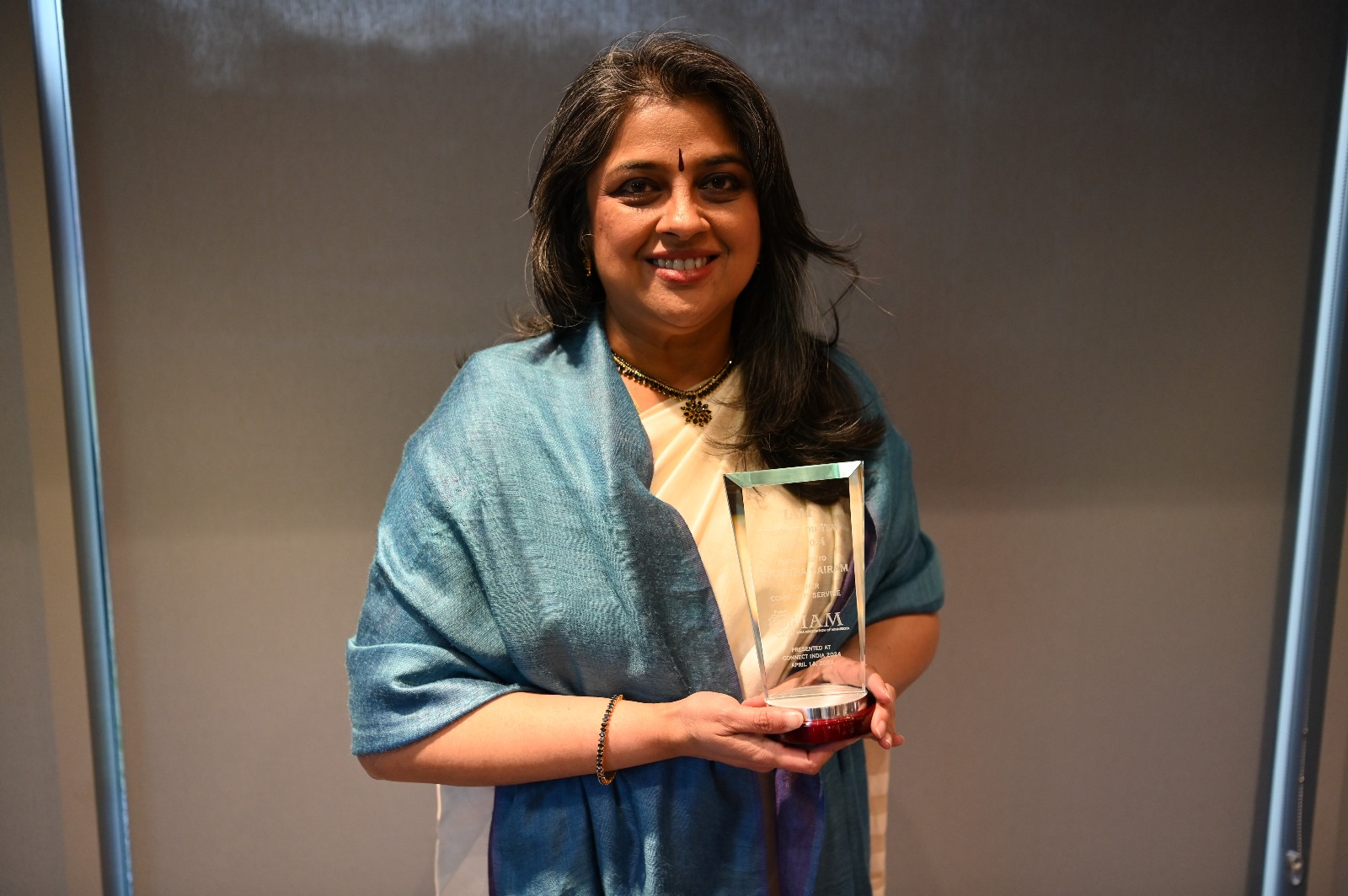
What’s a lesson you had to unlearn and what’s the backstory?
Like most people, I was told “improve your weaknesses,” from the time I was young, through school and college, and into my adult years.
Looking back, I think this put me in a deficit for gratitude and an abundance mind.
About 10 years into my career, I found StrengthsFinder®, and it created an important impact on me. I learned I should spend most of my time leveraging my strengths, and some of my time improving my weaknesses.
One of my most difficult lessons in the years that followed? Unlearning using my strengths to their fullest potential. Well, at least not using my strengths to their fullest potential WITHOUT using a filter or funnel on the opportunities.
As a chronically curious person, it’s no surprise the Learner StrengthsFinder® theme has been in my top 5 strengths for years. I love learning content and the results, but I REALLY love the process. A few other themes in my top themes? Responsibility, Achiever and Strategic.
All these came into play when I had the opportunity to partner with a former colleague in a corporate setting and create a startup toy company. What drew me to this?
⦿ I had never worked in the business-to-consumer space
⦿ I knew how to develop products, branding and go-to-market strategies
⦿ I was good at developing new relationships, including suppliers and customers
⦿ I knew how to work with industrial designers and manufacturers to optimize design
⦿ The toy concepts were interesting and clever, and I could immediately see opportunities to improve and expand them.
Founding this toy company was FULL of challenge, learning, and working from a blank slate to create something out of nothing. This opportunity would allow me to leverage ALL of my strengths.
And I knew I could do it, because I’m just that stubborn.
The big problems? I didn’t FILTER the opportunity, especially around 2 things:
⦿ Relationships – I had a good working relationship with the potential business partner in a workplace. But that is VERY different from the right fit when you talking about developing a business in partnership. We had different levels of commitment and investment I didn’t take time to think through. It resulted in him exiting the company, and me being left with a company and product I realized I didn’t really want (see below).
⦿ Values alignment – I’m not a consumer by nature, and am becoming less of one with age. I focus a lot of my personal consumption on values alignment. I didn’t look at what was beyond the process of developing and taking new toy concept to market. It required selling “widgets” – A LOT of them. Thinking forward, I didn’t want to contribute to the millions of toys ending up in landfills. I didn’t think about this enough BEFORE embarking on this journey.
My excitement about using my strengths and challenging myself in a new space took me down a path I didn’t belong in.
All this being said, I don’t linger on regrets. I made some bad decisions during the process, but don’t regret having had to make them. The entire experience helped me learn and grow.
Nowadays, I continue to use and develop all my strengths so I can say yes – and know how to use a proper filter to say the RIGHT yeses.
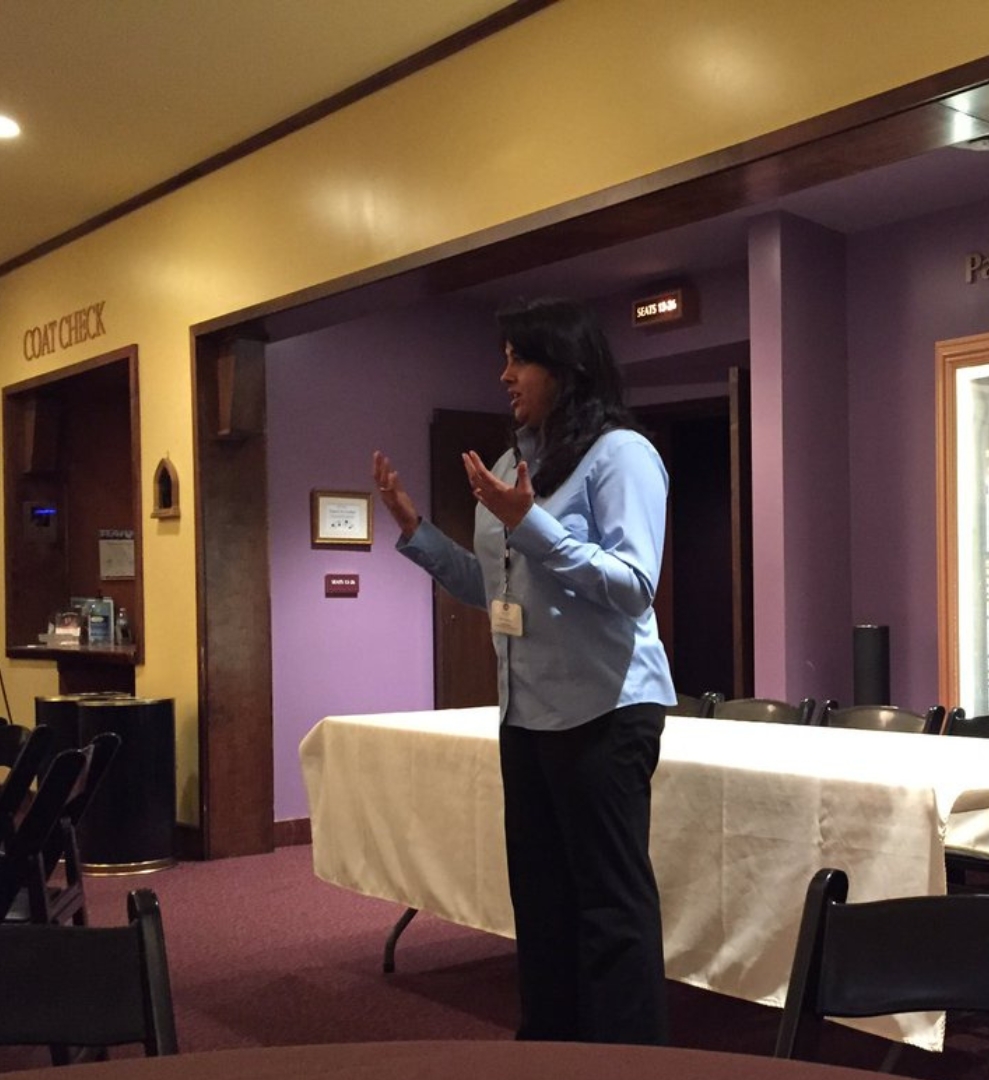
Is there something you think non-creatives will struggle to understand about your journey as a creative?
This is interesting to reflect on, as I’ve lived in (and been successful in) both spaces for long periods of time.
People may not realize being a creative isn’t just about having talent. It requires the ability to create the work and the conditions that allow the work to thrive.
I believe it falls into two areas:
1/ The Blank Slate Challenge – Creating Something from Nothing
2/ The Self-Directed Work and Accountability Challenge
Blank Slate Challenge – Creating Something from Nothing
Non-creatives often operate within predefined systems, rules, and objectives. Their work may involve executing, managing, or optimizing existing processes. Creatives must often invent the process before they even begin executing.
How does this manifest for creatives?
⦿ Starting Point – define the goal, structure, and frameworks
⦿ Vision and Scope – envision and define the scope
⦿ Steps and Process – build the roadmap from scratch
⦿ Resources and Execution – identify and secure resources (often with little or no financial budget)
⦿ Completion and Visibility – success is measured not only by completion, but also by bringing attention and garnering engagement
What does this mean?
⦿ Being a creative isn’t just about the idea, but also architecting everything around the idea
⦿ Creative work requires intuition, constant iteration, resilience, and repetition
⦿ Defining what to execute is often harder than the execution
Self-Directed Work and Accountability Challenge
Non-creatives often have external structures, such as deadlines, managers, and team expectations, to support their forward progress. Creatives must build their own discipline, motivation, and feedback loops to stay on track.
The world creatives often operate in:
⦿ Deadlines – create and enforce their own
⦿ Motivation – dominated by internal drive and self-discipline
⦿ Accountability – must be their own accountability partner (or find someone to help)
⦿ Work Schedule – fluid, non-linear work cycles compared to structured cycles
⦿ Feedback and Progress – self-assessment, often working with long periods of ambiguity, where clear milestones and frequent check-ins aren’t baked in
What does this mean? Creatives:
⦿ Face the tough job of enforcing deadlines only they are aware of
⦿ Must balance freedom with structure – otherwise, they end up with chaos or stifled creativity
⦿ Don’t have the luxury of “clocking in” because creative energy doesn’t follow M-F 9-5 schedule
Does it seem like creatives are working all the time? We are. It’s in the nature of the work.
It’s also our biggest joy.
Contact Info:
- Website: https://www.suchisairam.com
- Instagram: https://www.instagram.com/suchisairam
- Linkedin: https://www.linkedin.com/in/suchisairam
- Twitter: https://www.twitter.com/suchisairam
- Soundcloud: https://soundcloud.com/suchisairam-vo
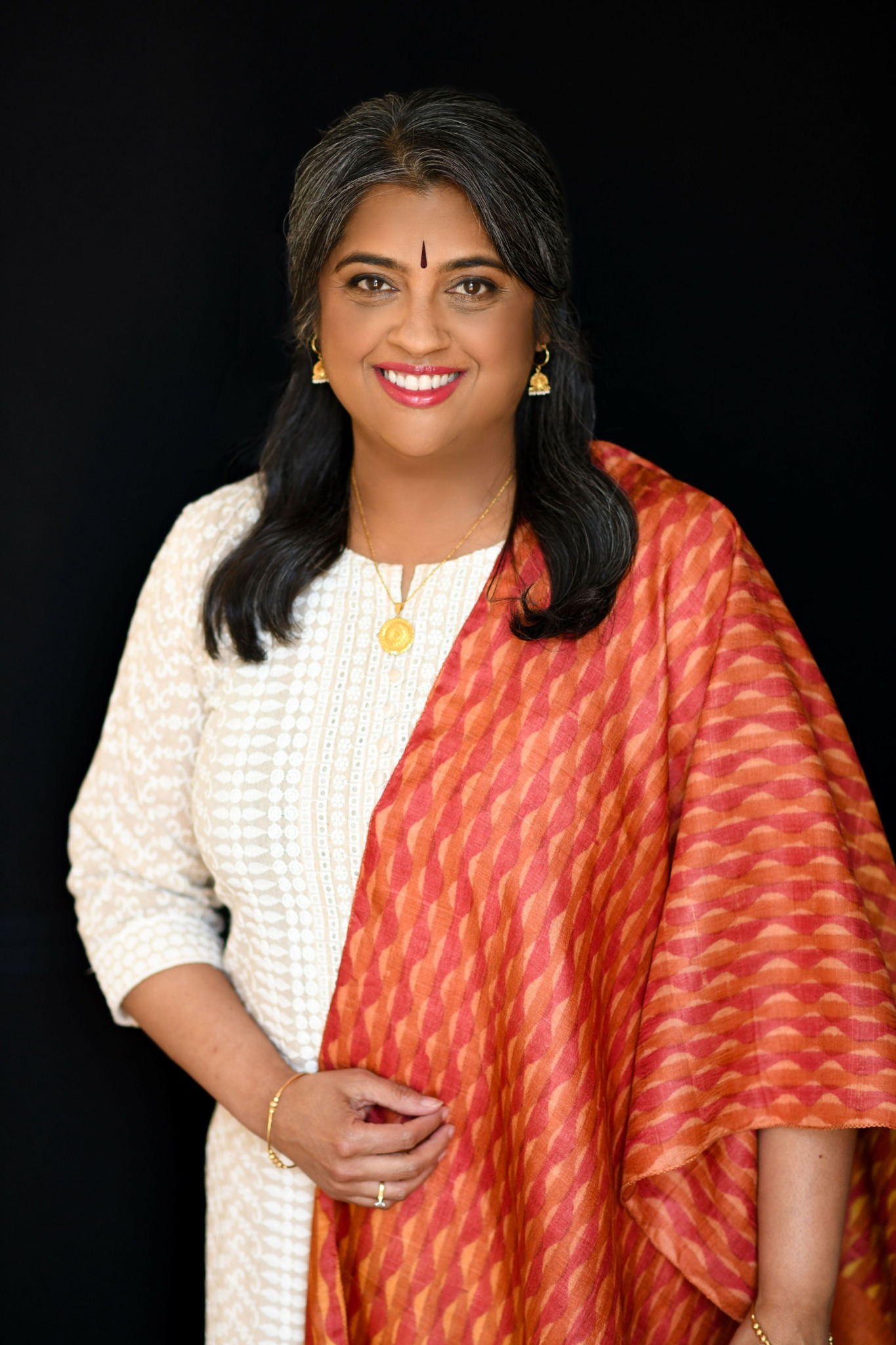

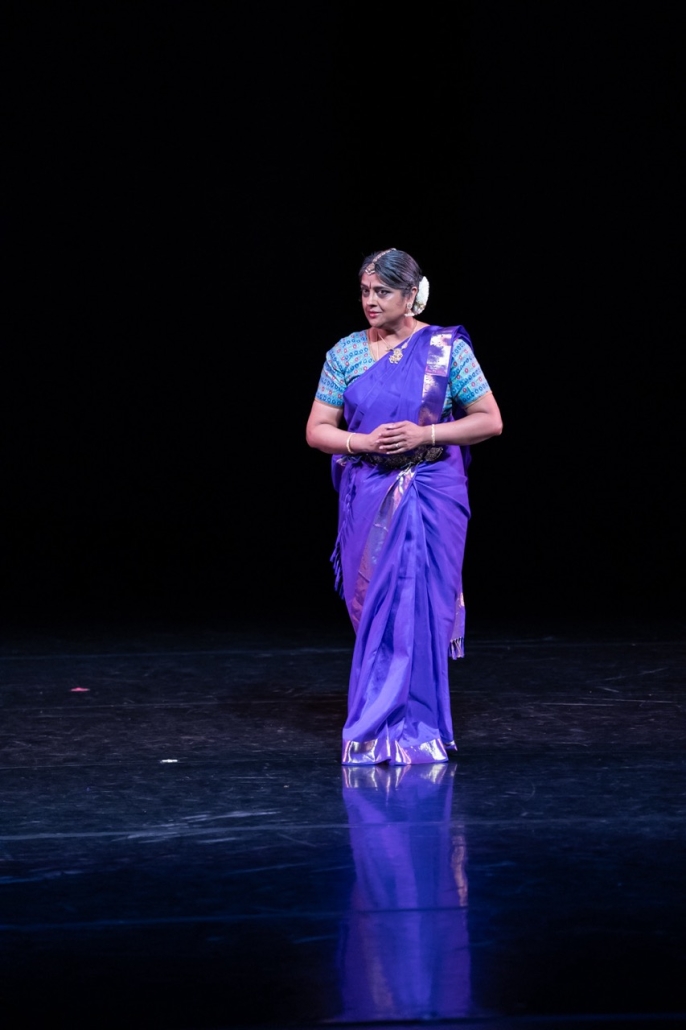
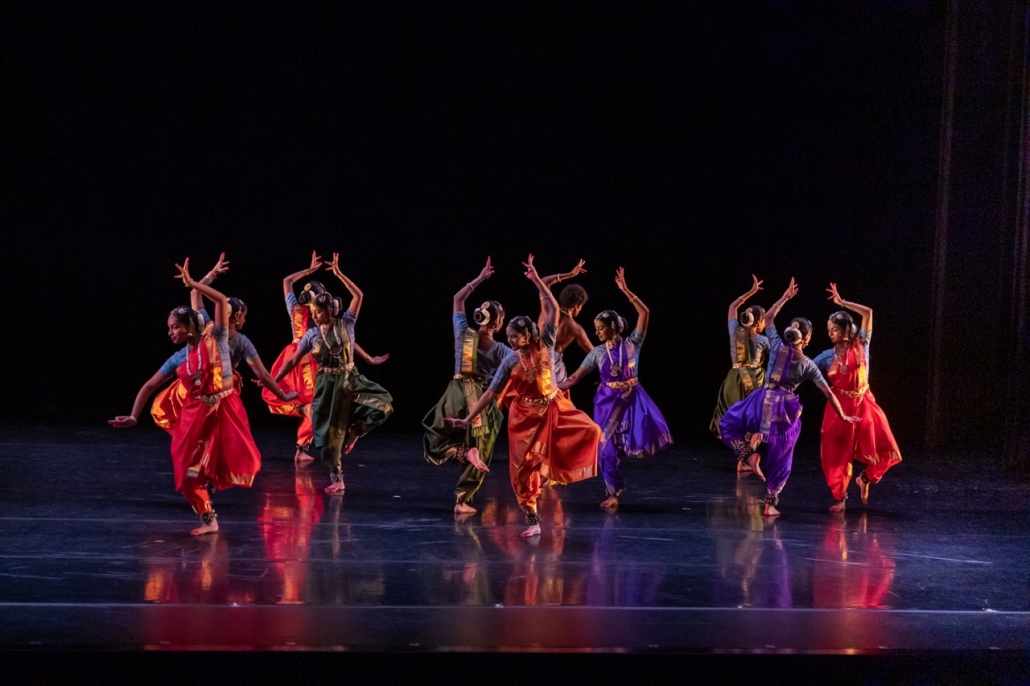
Image Credits
Bruce Silcox
Brett Dorrian
Bill Cameron
Rajesh Govindarajan


